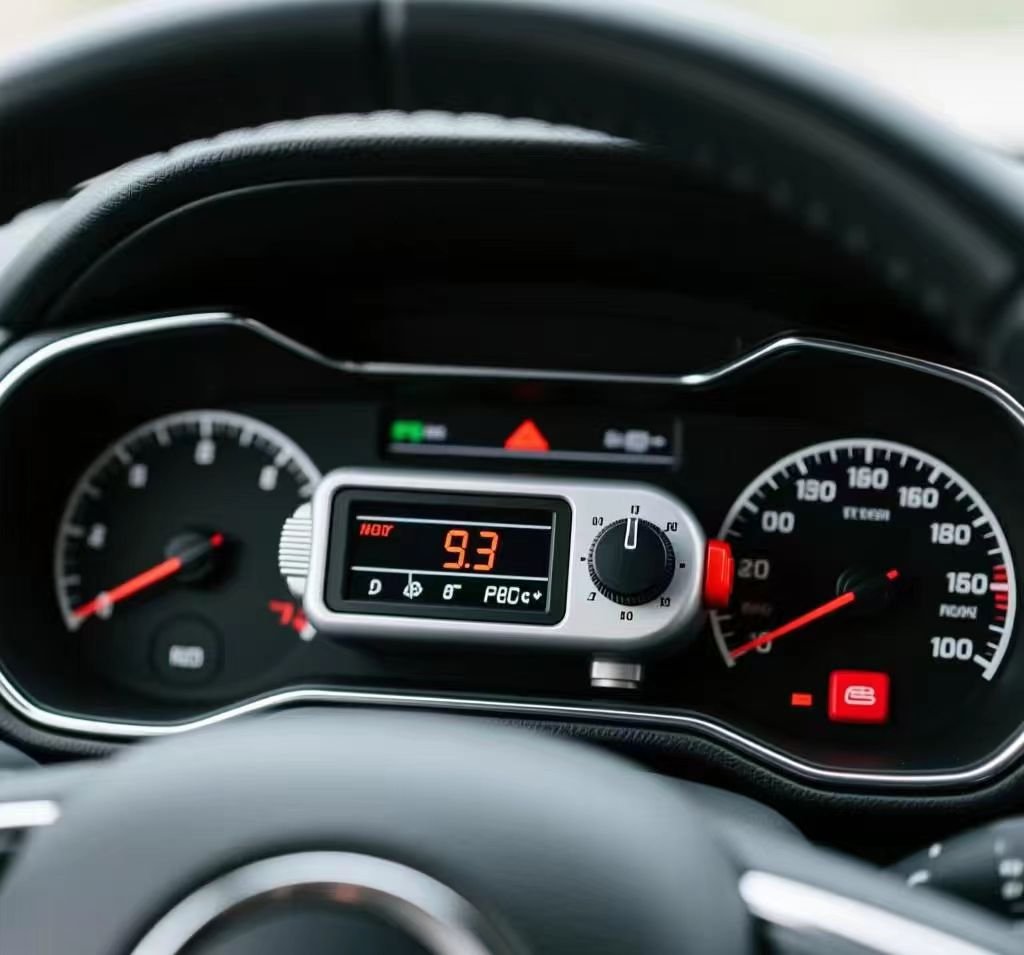It’s a chilly winter morning. You scrape the frost off your windshield, slide into your icy car, and your first move is a no-brainer: you crank up the seat heater to maximum. But then, a nagging thought creeps in… “Am I killing my battery?”
This is a common worry for drivers, especially during the colder months. We’ve all heard the warnings about not using accessories while the engine is off to avoid a dead battery. So, where do power-hungry seat heaters fall in all of this?
Let’s settle the debate once and for all.
The Short Answer: It’s (Mostly) a Myth
When your car’s engine is running, using your seat heaters will not drain your battery. In fact, it’s one of the most efficient ways to warm up. Here’s why:
Your car’s electrical system is powered by two key components: the battery and the alternator.
· The Battery’s Job: Its primary role is to provide a large burst of power to start the engine. Once the engine is running, its job is mostly done.
· The Alternator’s Job: This is the real workhorse. The alternator is a generator that produces electricity while the engine runs. It powers all your car’s electrical systems—lights, radio, infotainment screen, and yes, your seat heaters—and simultaneously recharges the battery.
So, when your engine is on, the alternator effortlessly supplies power to the heated seats. Draining the battery isn’t a concern.
—
The Grain of Truth: When the Myth Becomes Reality
The danger isn’t the seat heaters themselves—it’s when you use them.
If you sit in your parked car with the engine OFF and enjoy your toasty seat while you wait for someone or scroll through your phone, you are 100% draining the battery. Seat heaters draw a significant amount of power (anywhere from 3 to 10 amps, depending on the setting and vehicle). While it might take longer to drain a healthy battery than, say, cranking the stereo, leaving them on for an extended period without the engine running is a surefire way to need a jump-start.
Pro Tip: Modern cars often have an “accessory” mode. Avoid using seat heaters in this mode for more than a few minutes. The battery is powering everything without any help from the alternator.
—
Seat Heaters vs. Other Accessories: The Surprising Truth
Believe it or not, your heated seats are often more efficient than your car’s heater! Here’s a quick comparison:
· Heated Seats: They use electricity from the alternator to directly warm you via heating elements. It’s targeted, fast, and efficient.
· Main Cabin Heater: This system uses waste heat from the engine’s coolant. It doesn’t drain the battery at all, but it takes much longer to warm up on a cold day because it has to wait for the engine itself to get hot.
So, using your seat heaters in conjunction with your cabin heater is actually the smartest play. You get immediate warmth from the seats while the cabin air gradually heats up, reducing the overall load on your engine and helping it warm up faster.
—
The Real Culprits of Battery Drain
If your battery is consistently dying, don’t blame the seat heater (used correctly). The likely villains are:
· An old, weak battery that can’t hold a charge.
· Parasitic drain from a malfunctioning module or accessory.
· Short trips that don’t allow the alternator enough time to recharge the battery after the significant energy used to start the car.
· Extreme cold, which chemically reduces a battery’s ability to hold charge.
The Final Verdict
Myth: Busted! You can enjoy your seat heaters guilt-free—as long as your engine is running. They are a fantastic and efficient feature designed for your comfort.
Stop shivering on your commute! Crank up that seat heater, stay cozy, and drive safely.

